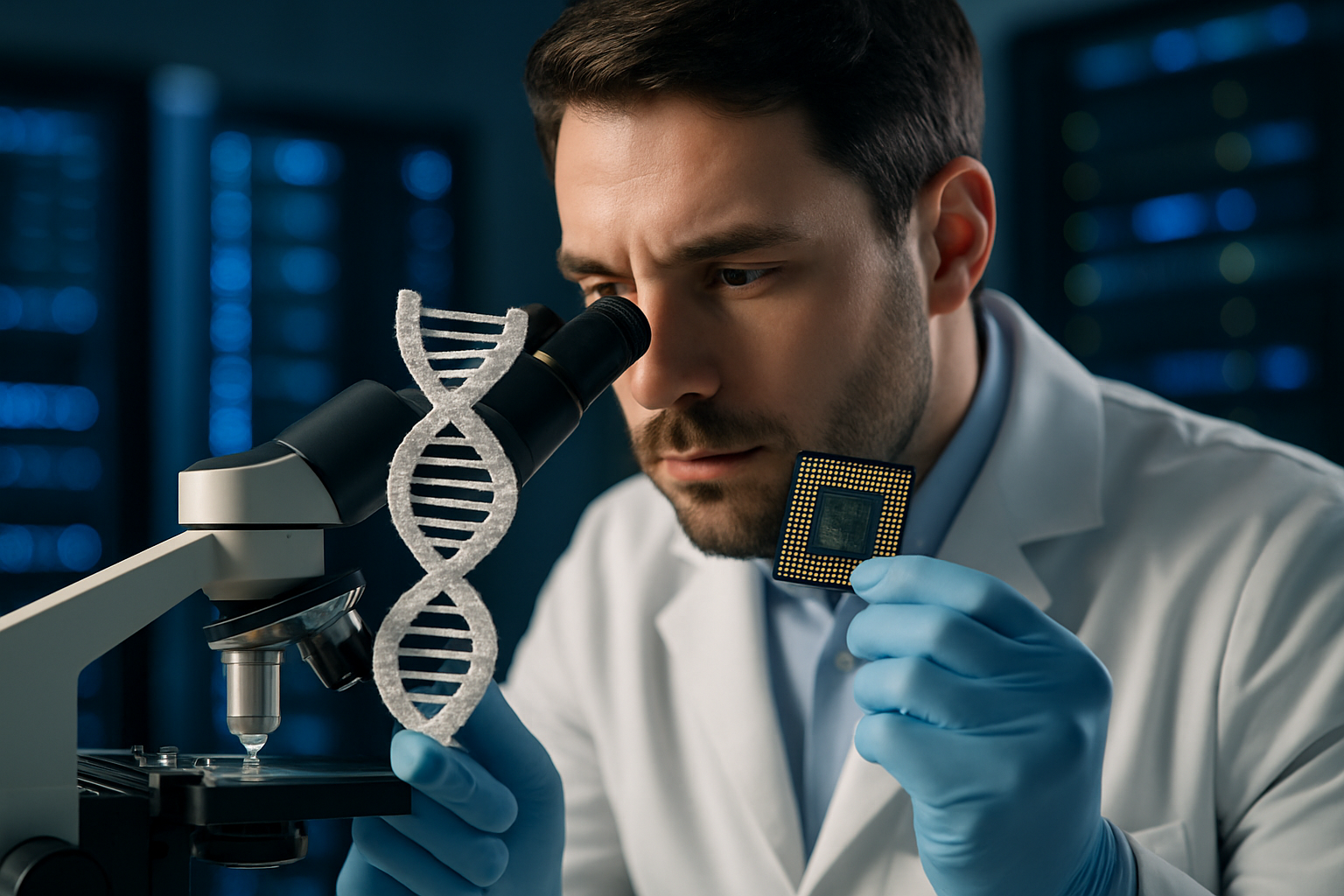Bioplastics: A Health-Conscious Revolution in Everyday Products
The fusion of biology and technology is ushering in a new era of materials that could significantly impact our health and environment. But what if the plastic in your kitchen wasn't just biodegradable, but actually beneficial for your well-being? Welcome to the world of bioplastics, where innovation meets wellness in ways you might never have imagined.

The key differentiator of bioplastics lies in their biodegradability and compostability. While traditional plastics can take hundreds of years to decompose, many bioplastics break down within months under the right conditions. This rapid decomposition not only reduces environmental impact but also minimizes the potential health risks associated with microplastic accumulation in our food chain and bodies.
Health Implications: More Than Just Eco-Friendly
The health benefits of bioplastics extend far beyond their environmental advantages. Many conventional plastics contain chemicals like bisphenol A (BPA) and phthalates, which have been linked to hormonal disruptions and other health concerns. Bioplastics, on the other hand, are often free from these harmful additives, making them a safer choice for food packaging and personal care products.
Recent studies have shown that certain bioplastics may even have antimicrobial properties. For instance, chitosan-based bioplastics have demonstrated the ability to inhibit bacterial growth, potentially reducing the risk of foodborne illnesses when used in food packaging. This natural antimicrobial effect could decrease the need for artificial preservatives, aligning with the growing consumer demand for cleaner, more natural products.
Innovative Applications in Healthcare
The medical field is witnessing a surge in bioplastic applications, with implications that could revolutionize patient care. Biodegradable sutures made from polylactic acid (PLA) are already in use, eliminating the need for suture removal and reducing the risk of infection. Researchers are now exploring bioplastic scaffolds for tissue engineering, potentially accelerating wound healing and organ regeneration.
One of the most exciting developments is in drug delivery systems. Bioplastic microparticles can be engineered to release medications at controlled rates, improving treatment efficacy and reducing side effects. This precision medicine approach could be particularly beneficial for chronic conditions, enhancing patient compliance and overall health outcomes.
Environmental Health: The Bigger Picture
The health benefits of bioplastics extend to our broader environment, which in turn affects human health. By reducing our reliance on fossil fuels for plastic production, bioplastics contribute to lower greenhouse gas emissions and improved air quality. This has cascading effects on respiratory health, particularly in urban areas prone to air pollution.
Moreover, the biodegradability of these materials means less plastic waste in our oceans and landfills. This reduction in plastic pollution can help preserve marine ecosystems, protecting the nutritional quality of seafood and potentially reducing the ingestion of microplastics through our food chain.
Challenges and Future Directions
Despite their promise, bioplastics are not without challenges. The production of some bioplastics requires agricultural land, potentially competing with food crops. Additionally, not all bioplastics are created equal in terms of biodegradability, and proper disposal infrastructure is crucial for realizing their environmental benefits.
The future of bioplastics lies in addressing these challenges through continued research and innovation. Scientists are exploring non-food biomass sources, such as algae and agricultural waste, as feedstocks for bioplastic production. Advances in synthetic biology are also paving the way for engineered microorganisms that can produce bioplastics more efficiently and with enhanced properties.
Bioplastic Wellness: Practical Tips and Fascinating Facts
-
Choose bioplastic food containers to reduce exposure to potentially harmful chemicals found in conventional plastics
-
Look for products packaged in PLA (polylactic acid) or PHA (polyhydroxyalkanoates) for the most environmentally friendly options
-
Be aware that not all bioplastics are compostable at home; check for proper disposal instructions
-
Support brands that use bioplastic packaging to encourage wider adoption in the industry
-
Did you know? Some bioplastics can be fortified with vitamins and minerals, potentially enhancing the nutritional value of packaged foods
-
Fascinating fact: Researchers are developing bioplastics that change color when food spoils, providing a visual indicator of freshness
As we stand on the cusp of a bioplastic revolution, the implications for our health and environment are profound. From safer food packaging to innovative medical treatments, bioplastics offer a glimpse into a future where our materials work in harmony with our bodies and the planet. By embracing these innovations and supporting their development, we can contribute to a healthier, more sustainable world for generations to come.






